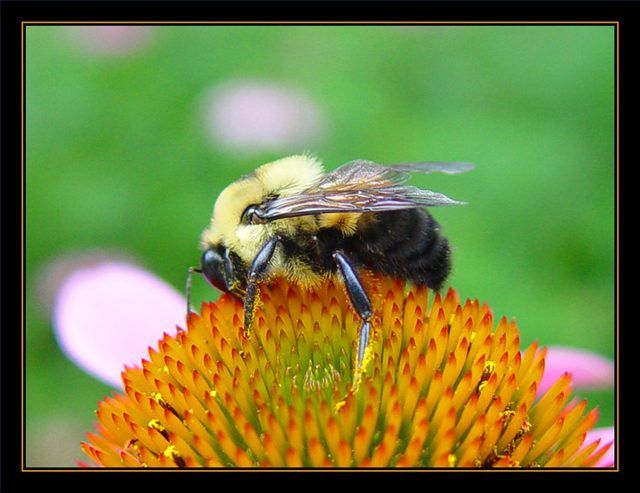Bulbs
Flower Basics
Flower Beds & Specialty Gardens
Flower Garden
Garden Furniture
Garden Gnomes
Garden Seeds
Garden Sheds
Garden Statues
Garden Tools & Supplies
Gardening Basics
Green & Organic
Groundcovers & Vines
Growing Annuals
Growing Basil
Growing Beans
Growing Berries
Growing Blueberries
Growing Cactus
Growing Corn
Growing Cotton
Growing Edibles
Growing Flowers
Growing Garlic
Growing Grapes
Growing Grass
Growing Herbs
Growing Jasmine
Growing Mint
Growing Mushrooms
Orchids
Growing Peanuts
Growing Perennials
Growing Plants
Growing Rosemary
Growing Roses
Growing Strawberries
Growing Sunflowers
Growing Thyme
Growing Tomatoes
Growing Tulips
Growing Vegetables
Herb Basics
Herb Garden
Indoor Growing
Landscaping Basics
Landscaping Patios
Landscaping Plants
Landscaping Shrubs
Landscaping Trees
Landscaping Walks & Pathways
Lawn Basics
Lawn Maintenance
Lawn Mowers
Lawn Ornaments
Lawn Planting
Lawn Tools
Outdoor Growing
Overall Landscape Planning
Pests, Weeds & Problems
Plant Basics
Rock Garden
Rose Garden
Shrubs
Soil
Specialty Gardens
Trees
Vegetable Garden
Yard Maintenance
How Is Bee Pollen Made?
How Is Bee Pollen Made?. A flower is a bee's work place, and all flowers contain pollen. Pollen is the "milk" the bee needs to raise babies. When a worker bee arrives at a flower, it sets to work and scrapes the male part of the flower, called the anther, using its front legs and jaw, to take the yellow powder known as pollen.

Collection
A flower is a bee's work place, and all flowers contain pollen. Pollen is the "milk" the bee needs to raise babies. When a worker bee arrives at a flower, it sets to work and scrapes the male part of the flower, called the anther, using its front legs and jaw, to take the yellow powder known as pollen.
Mixture
As the bee takes the pollen, it mixes the powdery substance with a bit of honey which it has carried from the hive. At this point, the substance is sometimes called "bees' bread," and has become a protein which scientists have been unable to replicate in a laboratory setting. This substance will be fed to the next generation of bees being raised in the hive.
Pollination
It is during this process that bees perform their greatest service to nature--pollination. As a bee leaves one flower, laden with its collection of pollen from the anther of the bloom, it will move to a second flower to continue its work. The bee is likely to drop some of the pollen into the female part, called the stigma, of the second flower. This creates pollination, which allows the plant to reproduce--which means the continuation of nearly the entire food supply for people and animals.
Flight
As the bee returns to the hive, it packs away its day's stash in flight. Using segments of its legs that include special bristles, known as pollen combs, it brushes the pollen it has collected from its coat and legs. The pollen it has gathered is then placed in "baskets," which are concave areas located on its body. The bee tamps down its collection within the baskets; at the end of this process, each basket will hold one grain of bee pollen in it.
Feeding
The bee's pollen that the worker bee has spent the day collecting will be fed to the next brood of bees being raised in the hive. Bees begin their lives as eggs and then develop into larvae. In the larval stage, bees must be fed the pollen to continue in their development.